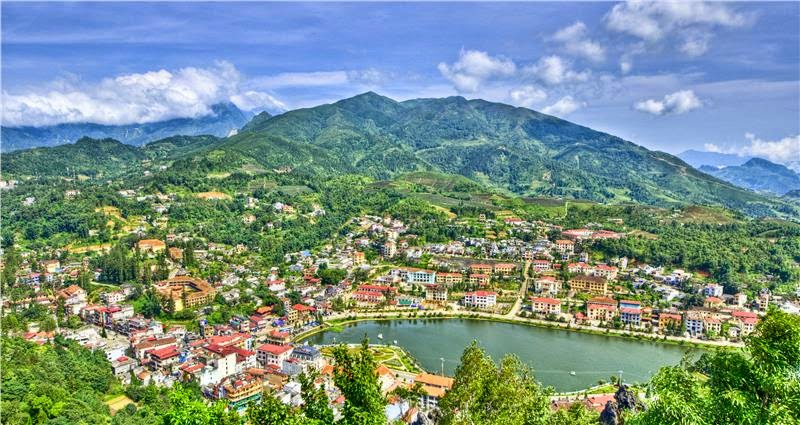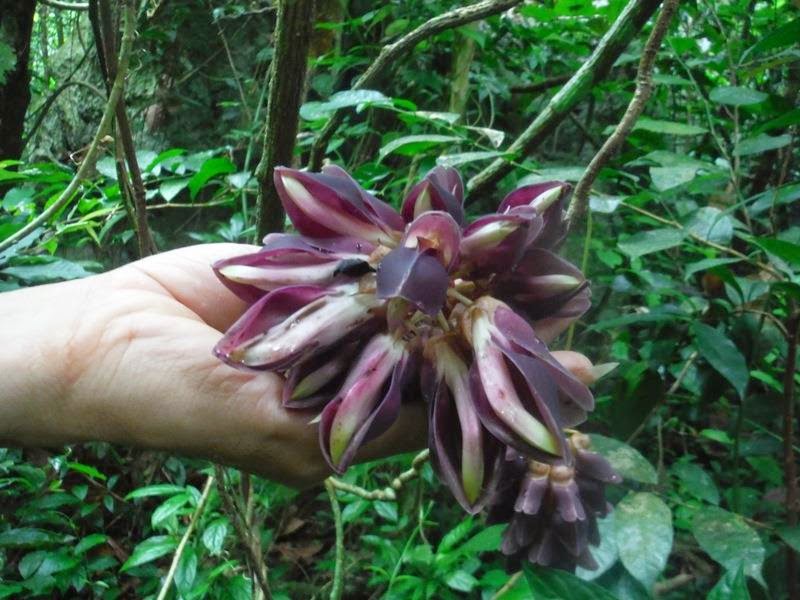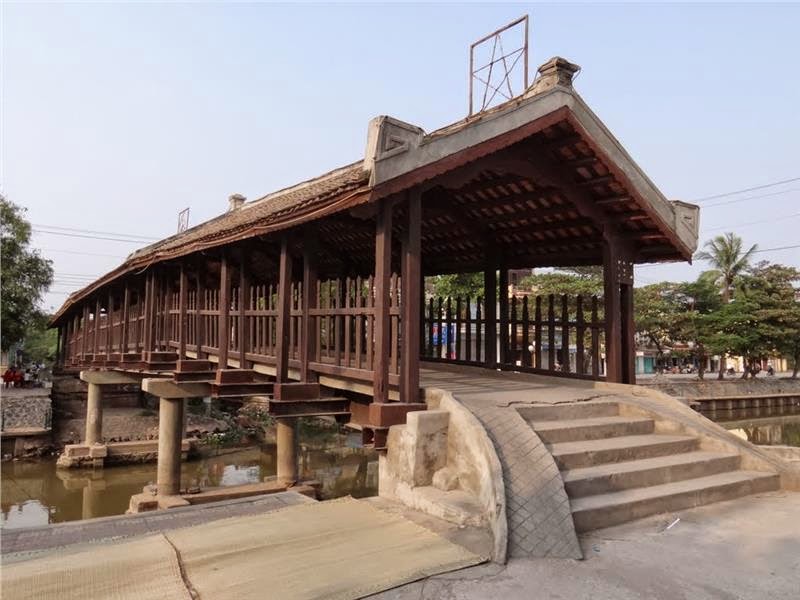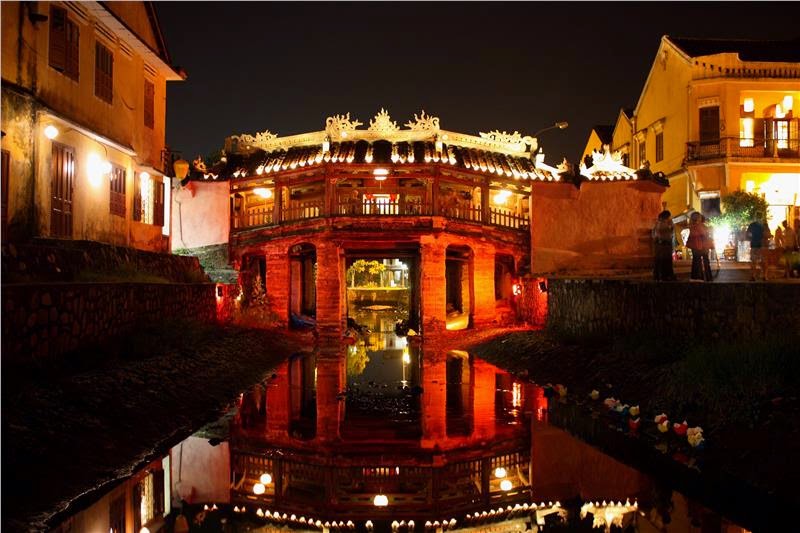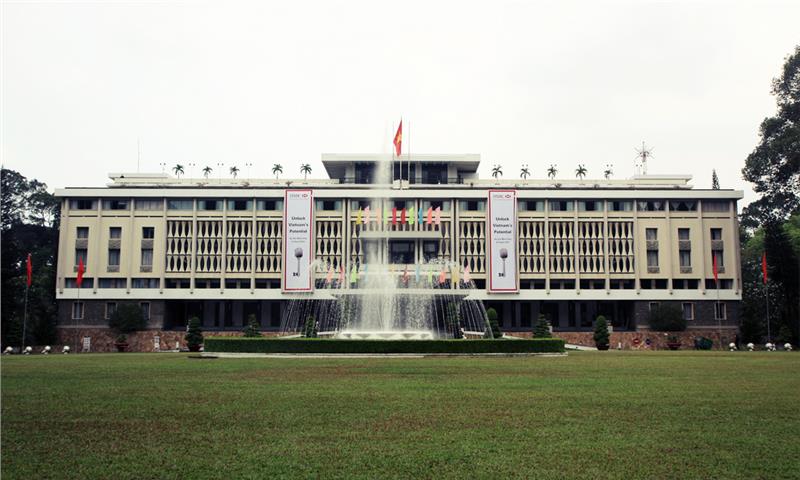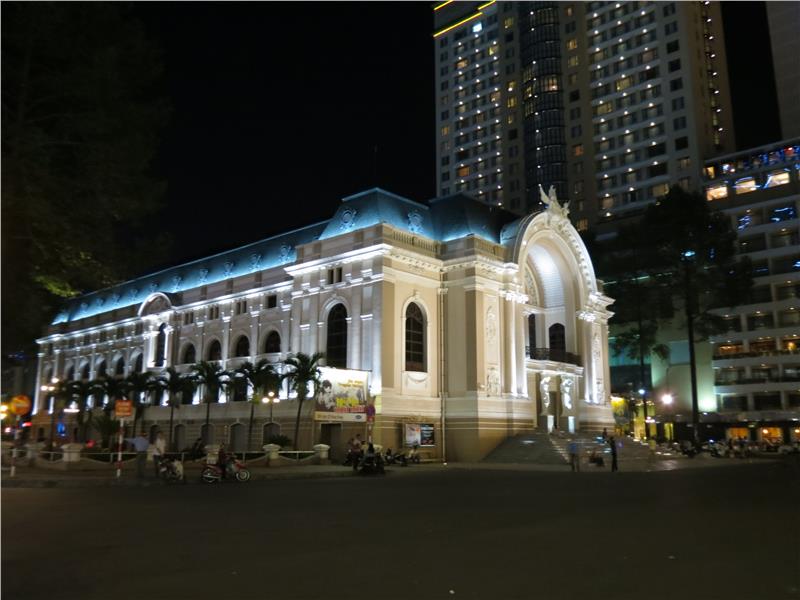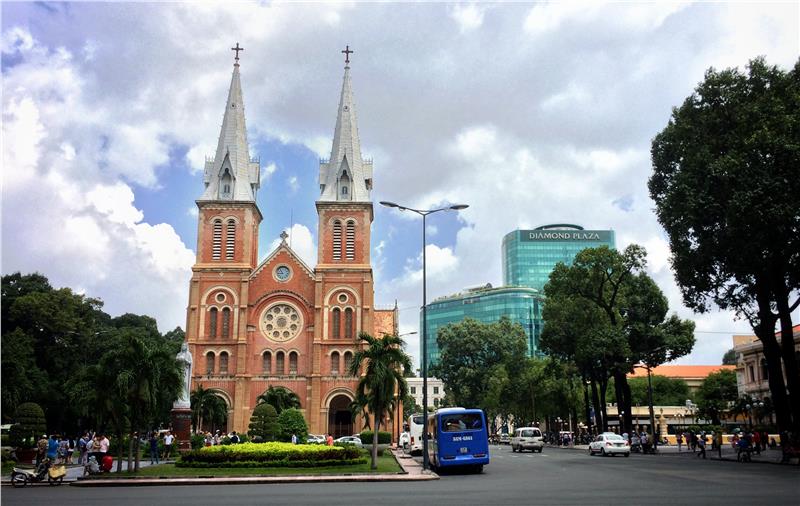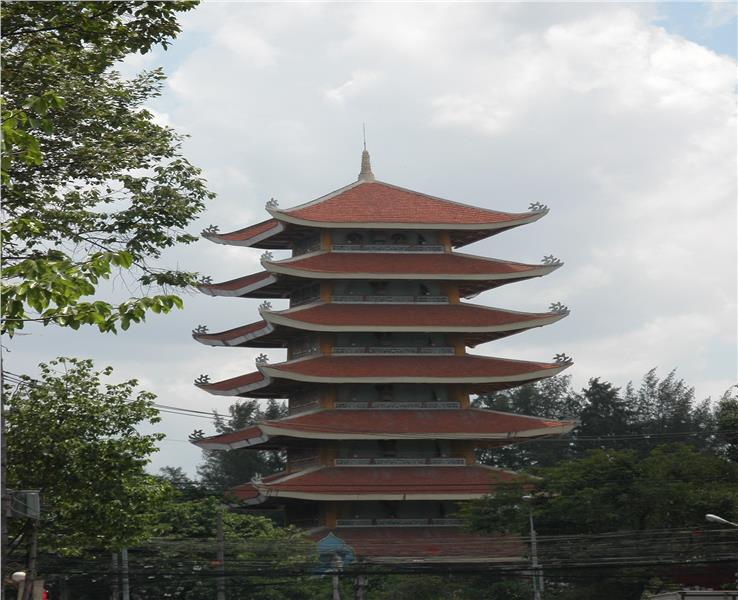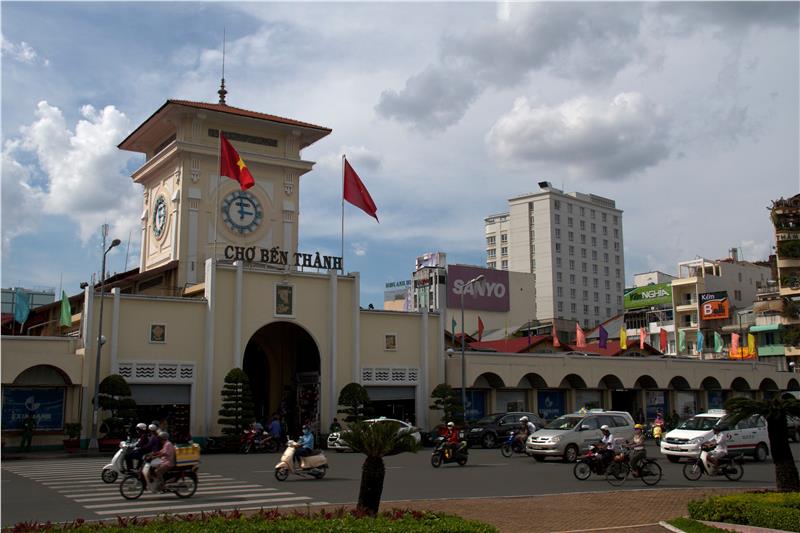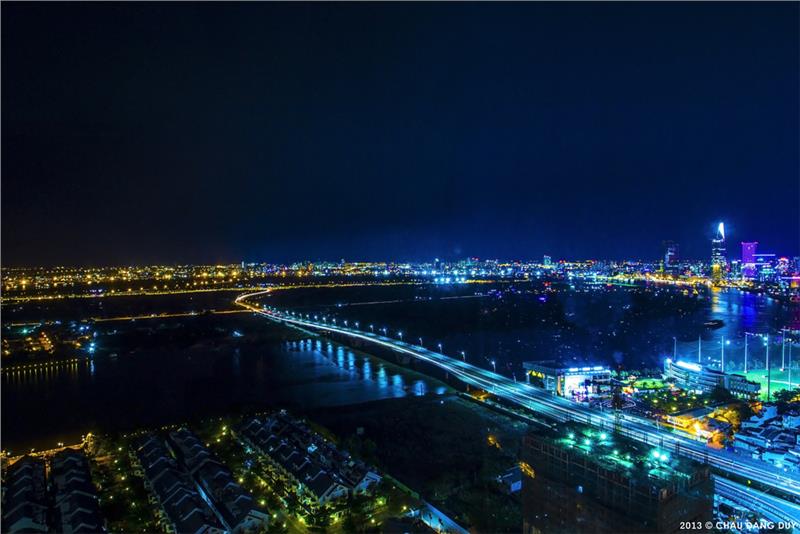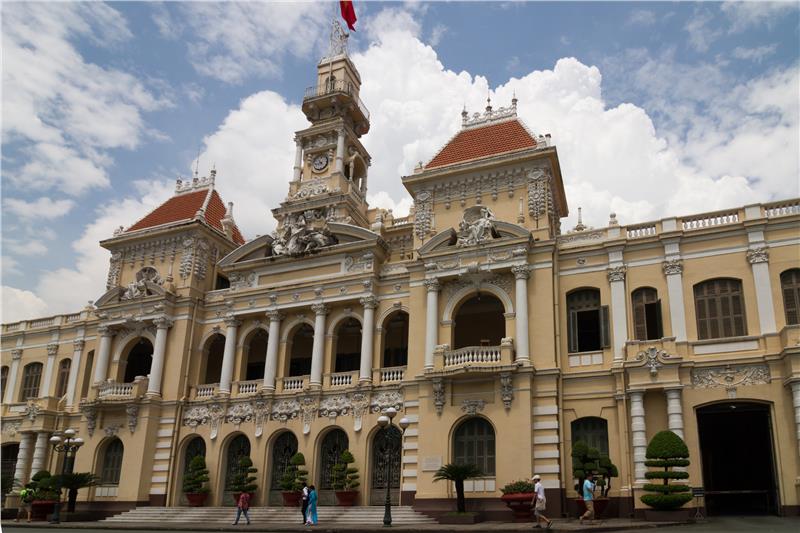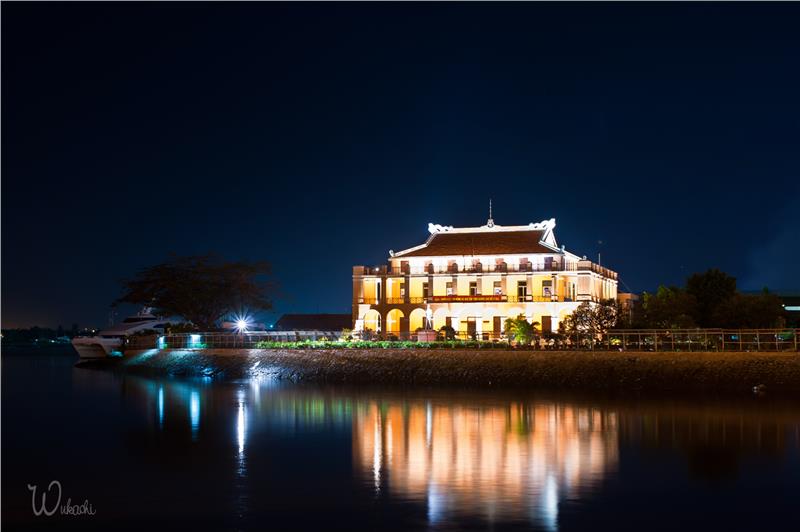Vietnam has
long become one of the most fascinating destinations alluring the great number
of international tourists. The impressive natural landscapes, peaceful
unspoiled scenery, wonderful beaches and hospitable citizens are always
unforgettable impression in the journey of discovering Vietnam travel. In particular, each region of the country has its
own charms offering the surprising experiences. Spending a trip to explore the
most amazing rendezvous in North Vietnam,
tourists will surely be immersed in these wonderful feelings. Vietnam is worth one
of the most impressive destinations in the region strongly alluring tourists.
 |
| Mac Lake in Cuc Phuong |
Deeply
located in Tam Diep mountain range, Cuc Phuong National Park is one of the most
famous tourist attractions in Ninh Binh
and destinations in Vietnam. It is
Vietnam's first National Park and also the country's largest nature reserve.
The national park is situated on the territory of the 3 provinces, namely Ninh
Binh, Hoa Binh and Thanh Hoa with an area of approximately 23,000 km2. Cuc
Phuong is not only the forest with its extremely diverse ecosystem but also an
ideal tourist sites in Vietnam tour
packages to Ninh Binh.
There are
many tourist routes and venues for tourists to choose when setting foot on Cuc
Phuong such as walking "Botanical Garden", "Observation towers -
A short trekking routes retaining beautiful scenery"; camping and and
overnight inside the forest; visiting "Nguoi Xua Cave - one of the
residents of the prehistoric people... The
best time to Ninh Binh in general and Cuc Phuong National Park in particular is
the dry season - from December to April when the intense rain passing leaves a
clear blue sky.
 |
| Rice fields in Thung Khe |
Far about
100km from Hanoi city center, Mai Chau - Hoa Binh is the ideal tourist
attraction for those who love to explore peaceful nature and the life of the
ethnic minorities in Vietnam. Situated at an altitude of 200 - 1,500 meters
above sea level, Mai Chau retains the cool and fresh climate all year around
much more attracting tourists. Participating in Mai Chau travel, tourists often set foot on Lac Village - the
famous tourist village which is typical for the land and people in Mai Chau. In
the tourist seasons, Lac Village is always exciting and cheerful like in
festival. Tourists going to Mai Chau include not only young people or
Vietnamese families but also the great number of international tourists. In
particular, specialty in Mai Chau is credibly diverse, yet the most prominent
is sticky rice and honey. Mai Chau sticky rice with its fragrance has long
been well-known; simultaneously, it is the memory and the nostalgia of tourists
once setting foot on here.
Thung Nai - Hoa Binh
 |
| Panoramic view of Thung Nai |
Far about
25km from Hoa Binh town and about 110km from Hanoi, Thung Nai is the world of
charming landscapes with the presence of rivers, mountains, caves and streams.
Thung Nai is famous for Bo Waterfall, Bo Cave, Mu Village, unnamed islands
floating on the water or the cages of fishes on the lake. It is the home of
many ethnic groups, mostly Muong ethnic people. Thung Nai is extremely suitable
rendezvous for relaxing moments with family and friends to admire the amazing
natural scenery and forget the worries of the daily life. The tourist site
annually attracts the great number of both domestic and international tourists
participating in Vietnam tour.
 |
| Dai Lai Lake |
Far about
50km from Hanoi city center, Dai Lai endlessly spreads with lush vegetation
hiding inside the splendid villa and hotels with thier own unique architecture
scattering along the hillside. The lake surface ripples in blue all year round.
There is a bird island up to 4.8 ha wide in the middle of the lake with the
green and luxuriant trees. In the winter, hundreds of birds from afar gather
here creating the vivid and pristine natural picture. In the evening, tourists
can comfortably immerse in the singing of the birds in the bushes or
contemplate the sunset on a lake...
The
adventurous tourists can organize trekking trips to the north throughout the
forest and Pass Nhe to Thai Nguyen province, or turn into Mo Qua Mountain to
climb the steep cliffs towering the cloud. From atop the mountain peak,
tourists can admire Xa Huong Lake, Lang Ham Lake, Gia Khau Lake looming in the
cool green of the forest. In addition, those who are interested in going
sightseeing and researching the history can find the ancient castle and palace
built by Nguyen Danh Phuong, who had coped with the court of King Le - Lord
Trinh for more than 10 years.
 |
| cave in Trang An |
Far over
90km from Hanoi to the south, Trang An is situated in the territory of Hoa Lu
district, Gia Vien district and Ninh Binh city. Retains an area of thousands of
hectares, Trang An is covered by the system of submerged limestone mountains
creating interconnected lakes thanks to 48 stunning caves. The journey of
exploring the caves in Trang An Eco-tourism complex follows a closed route with
its departure and terminal adjacent Ang Muong wharf. Under the route, tourists
will pass through 12 caves and 3 historical and spiritual relics. The time for
a trip usually lasts about 3 hours.
Discovering
Trang An in Ninh Binh travel,
tourists will find it easy to recognize that there is the harmonious
combination of the famous scenic spots at Trang An. The feeling when floating on the boats is
like on Yen stream at Huong (Perfume Pagoda); going through the caves is like
exploring wet caves at Phong Nha, Quang Binh; admiring the mountain is like
traveling Halong Bay. Trang An Scenic Landscape Complex is one of the scenic
spots in Vietnam having been voted as the world natural heritage by UNESCO.
Thien Son - Suoi Nga
 |
| Thien Son - Suoi Nga |
Along
National Highway 32 or Lang - Hoa Lac Highway to Son Tay town through Ba Vi
National Park, tourists will land on Thien Son - Suoi Nga eco-tourism area. The
tourist area is located in the east of Ba Vi mountain range, Ba Vi District,
Hanoi. The whole area is divided into 3 main tourist zones, namely Ha Son,
Trung Son and Ngoan Son. In particular, the center of the tourist area is Cong
Troi (Heaven Gate) Waterfll full of water all year round. Thien Son - Suoi Nga
is one of the appealing tourist attractions in Hanoi alluring those who love to
discover romantic and lyrical nature.
Cong Troi
Waterfall with its height of 25m falls down the ridge forming a natural
swimming pool from 1.5 to 2m deep with its moderate slope. It is home to
tourist loving to swim in the springs. Not far away from Cong Troi Waterfall
and natural pool is Thien Son Cave, which is used as the performing and
entertaining venue of tourists. Ngoan Son located between Trung Son and Ha Son
with the large marsh 12ha wide is the convergence of boating and fishing. Ha
Son with Tam Cap waterfalls and many small streams interspersing winding
bridges spanning the dreaming stream. Surrounding around the appealing tourist
sites is the hostels built on stilt-house architecture interspersed among trees
and waterfalls creating the credibly peaceful and romantic scenery. Along with
other tourism spots, Thien Son - Suoi Nga displays its significant contribution
to promote the image of Vietnam tourism
closer to international tourists.



